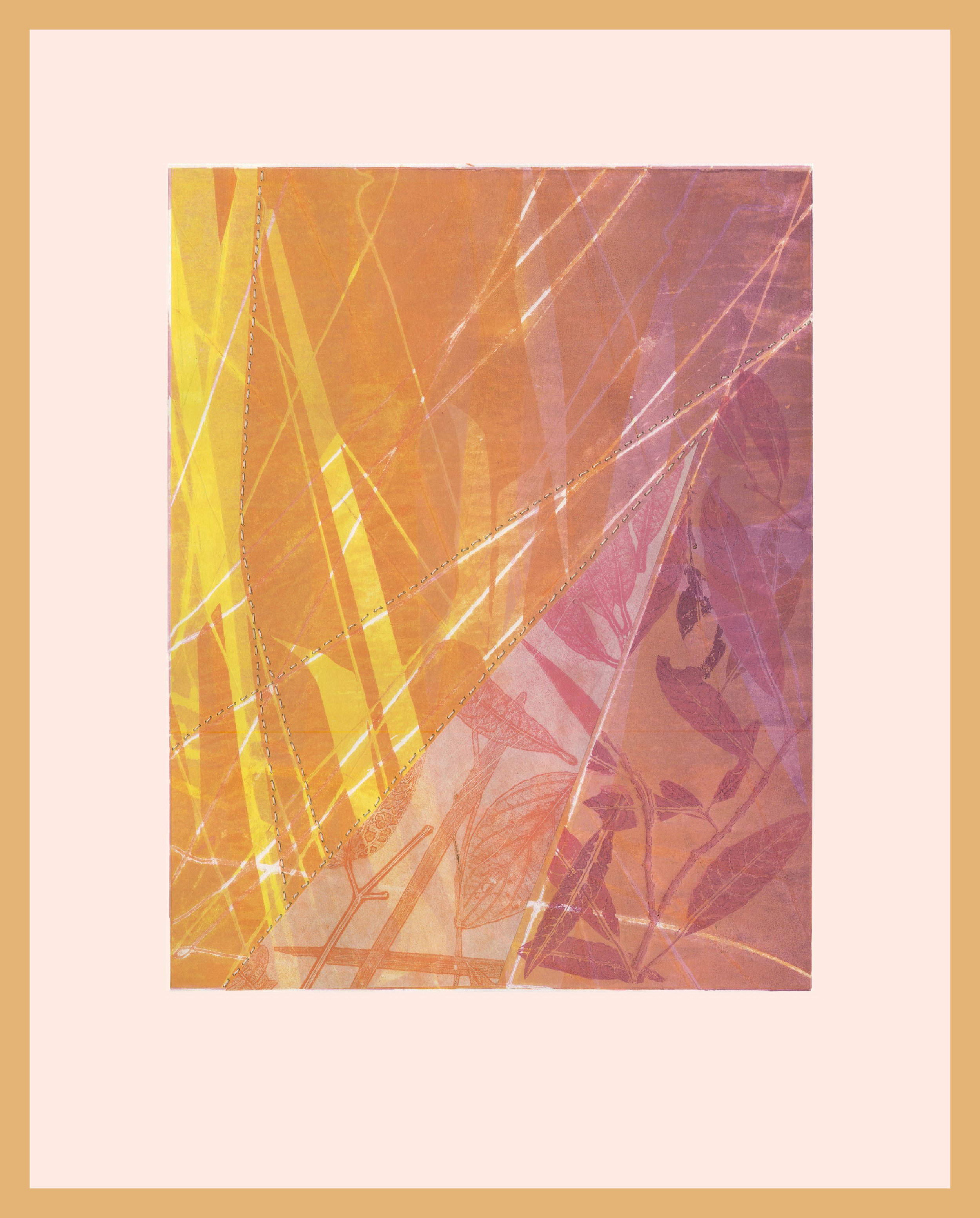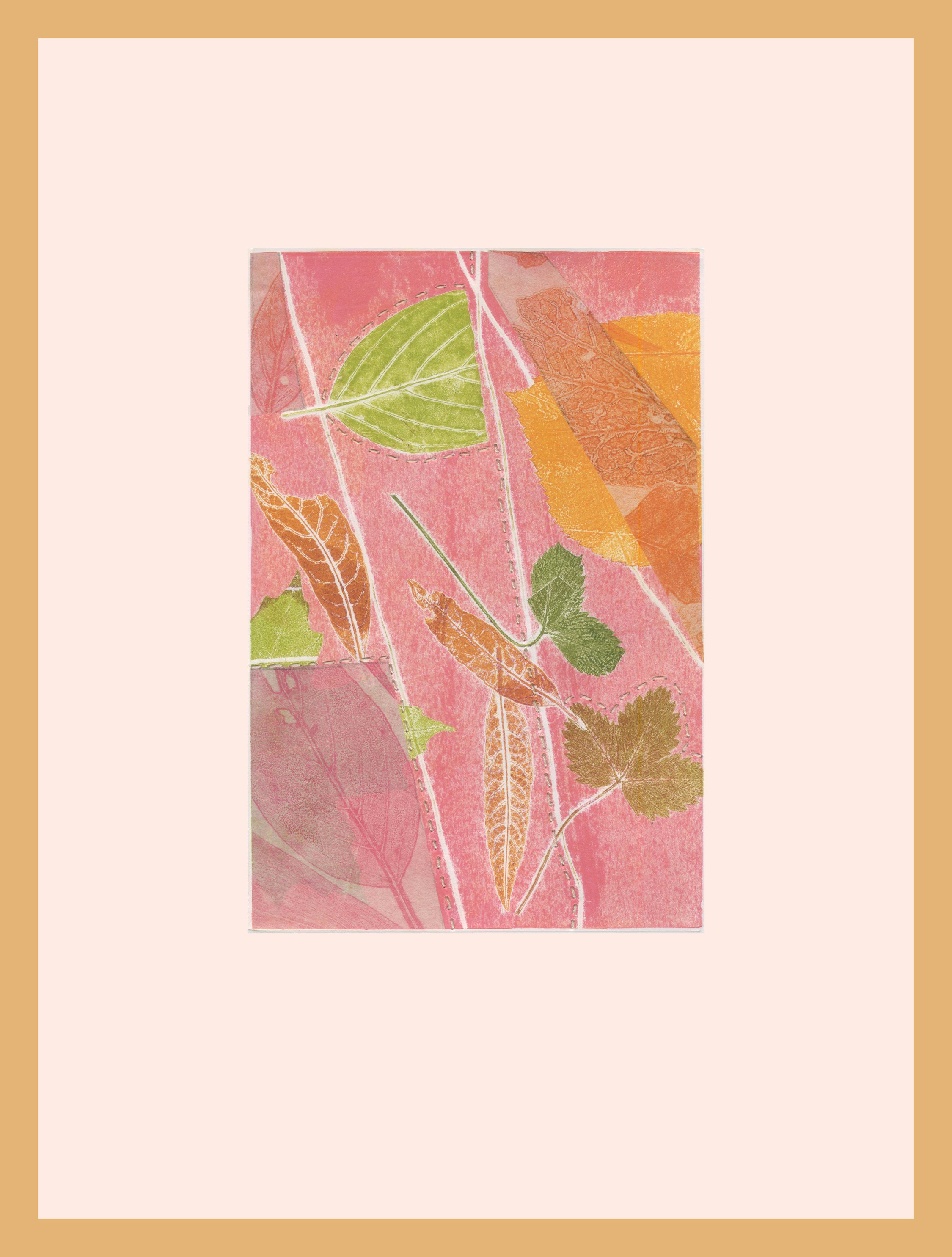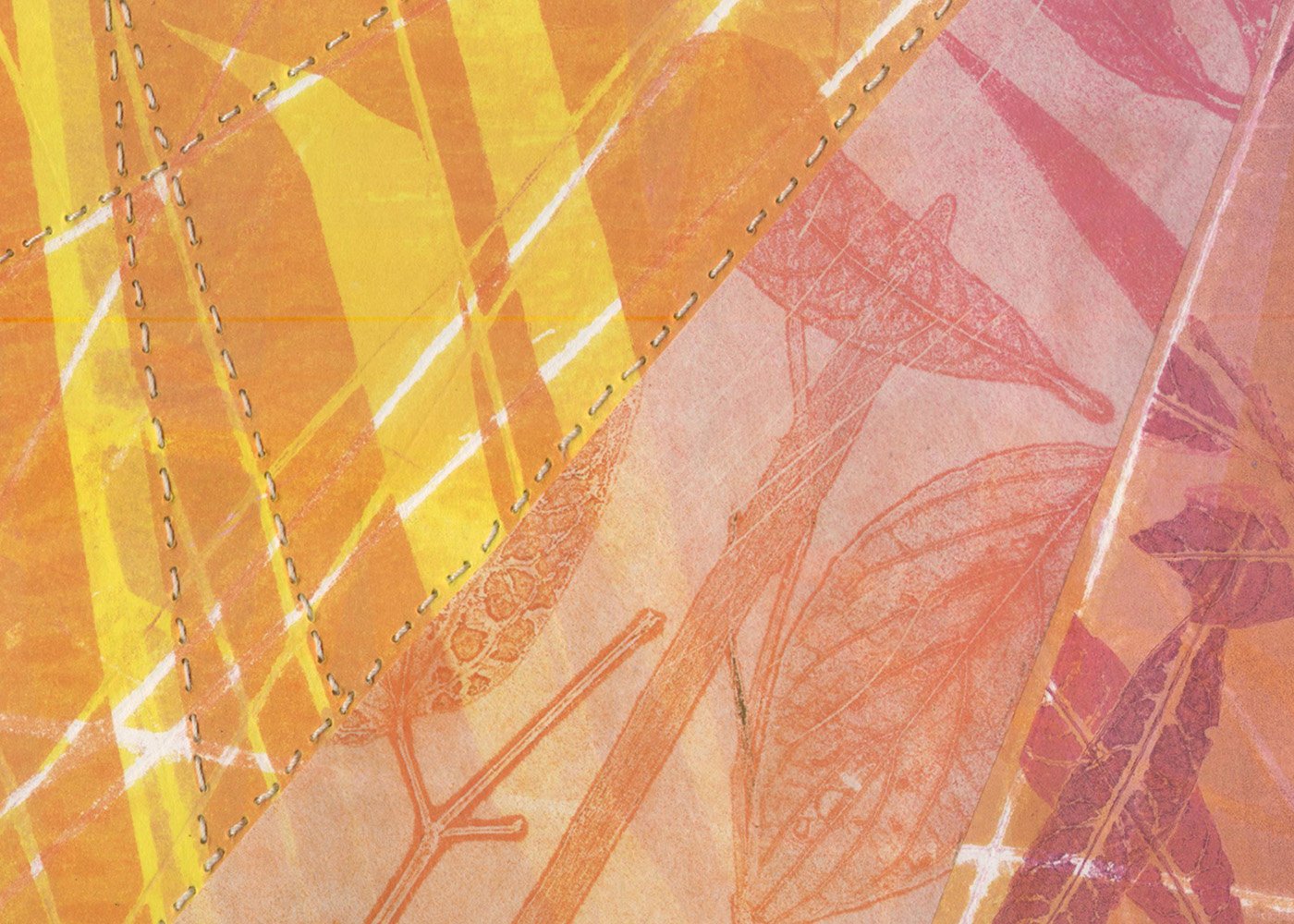
Invisible and Visible Mending
Nancy M. Aten
Sometimes ecological restoration activities can be “eco-revelatory”, that is, can reveal what are otherwise un-noticed behaviors or functions in the ecosystem. This helps us understand how things work. For example, planting a whole bunch of Little Bluestem in a long weaving drift of a pattern, oriented in such a way so that in the late afternoon on a certain trail it simply glows in the sun, and you can’t help but learn what this grass looks like and how the seed fluffs to blow with the wind. Or, leaving a permanent vegetation sampling quadrat in the field, drawing attention to changes in species richness over time: two years ago, it was all switchgrass; today, it has five other flowering species to count.
This virtual exhibit explores fractures and wounds in the landscape, and mending that happens with ecological restoration, both invisibly and visibly.
Menomonee Valley Community Park (just across the river from Three Bridges Park):
Short artist talk by Nancy Aten, accompanying virtual gallery show at Urban Ecology Center – Menomonee Valley branch, June – August 2020.
In the gallery below, click on an artwork image to see it larger if you like, and then page through the artworks. Example details are shown below the gallery.
All artworks are Monotypes (one-of-a-kind unique prints) on paper. For more on Monotypes and the process, read below. If you would like to purchase an artwork, or learn more about one, just send a message to the artist below with the artwork full title, and she will respond.
Thank you!
Welcome
… to my virtual art exhibit at the Urban Ecology Center's Menomonee Valley branch
Visit the Urban Ecology Center and learn about its Art programs.
Monotypes
Contact the artist
Monotypes are a kind of printmaking, and a centuries-old process. Ink is transferred from a plate to the paper by pressing the two together, usually using a printing-press. The plate generally has no permanent features (i.e., not etched or engraved) — so each inking and pressing produces a unique effect on the paper. The final artwork is thus a unique, one-of-a-kind print typically marked as 1/1.
Preparing ink on the plate can use a range of methods and techniques. Ink can be applied to the entire plate, or selectively like a drawing; the entire plate can be inked and then, using brushes or rags, ink removed to create a subtractive image. Ink can be masked with stencils. I use acrylic plates, lithograph ink, often plants and natural materials as stencils, and an etching press. The press I use is a few decades old; it was a teaching press in a university art department for a time. I use basic lithograph ink colors and mix the color shades and transparencies that I need.
I learned printmaking from the wonderful artist and teacher Barbara Manger (who is a founding member of the Urban Ecology Center’s art program) and from exceptional classes at the Milwaukee Institute of Art and Design.
Postcards of Hope
Postcards of Hope is a series of postcard-sized monotypes I began in 2017, connecting imagery with words and sayings that influence me in the climate crisis and environmental justice discourse. I print copies of these as actual postcards so that community members can write to elected officials, conveying our concerns.
For the first fifty people who request them, I will mail you a few of these postcards for free for your own advocacy. Just send me a message from this page, asking for “Postcards of Hope”, and include your mailing address. Thank you for all you do on behalf of the earth and justice.

































